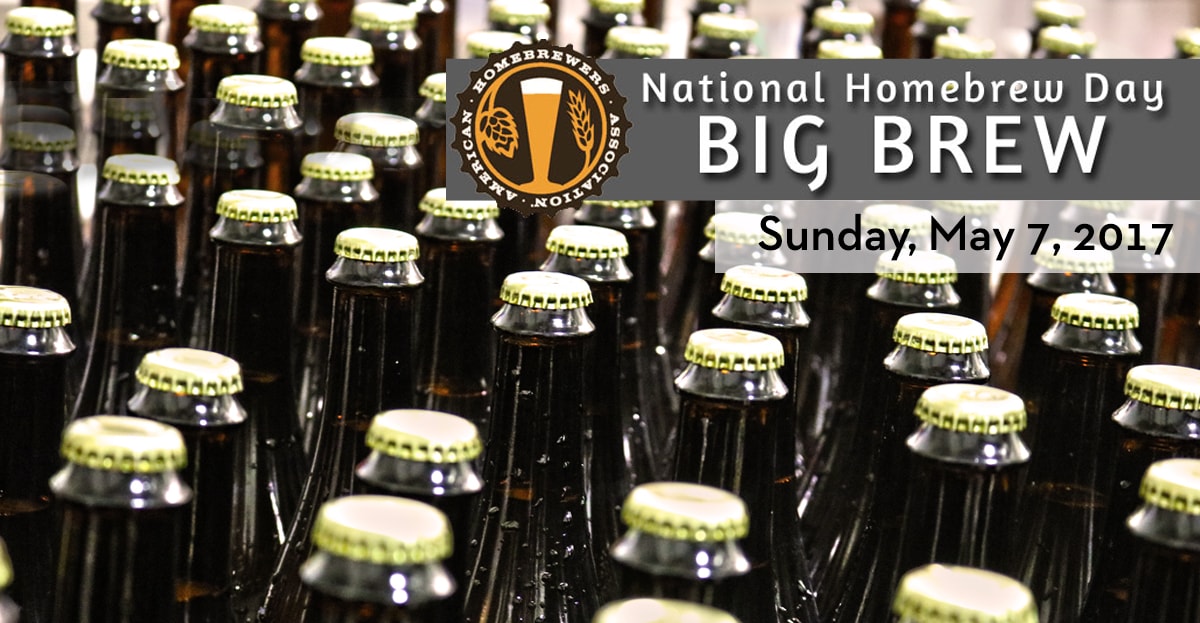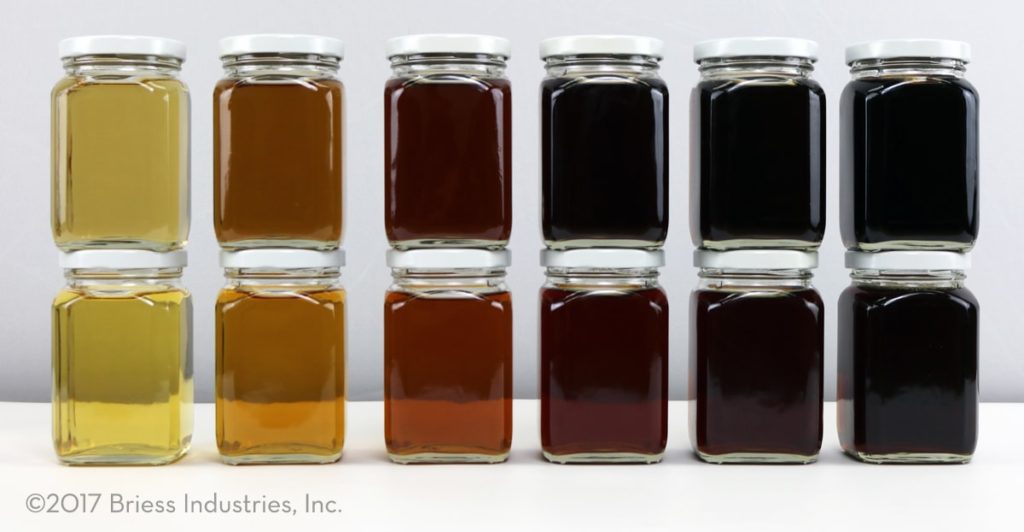
In late 2015, Dan Bies co-wrote an article with Cassie Liscomb, and Robert Hansen entitled “Specialty Malts Contributions to Wort and Beer” for the MBAA Technical Quarterly (vol. 52, no.4, pp. 181-190). In this article, Dan observed wort color and its relationship to specialty malt. While color isn’t always the first reason a brewer selects a specialty malt to add to their grist bill, it certainly is an attribute, as Dan explains:
“The primary consideration for formulating specialty malts in most beer styles is flavor, not color. Malt flavors are used to bring balance to beer, and are the source of limitless variation and differentiation. An example is the use of dark roasted grains in porter and stouts which are used to impart a signature roastiness reminiscent of coffee or chocolate. Along with this flavor comes the brown/black color that we expect from the style. Similarly, the consequence of achieving a caramely sweet balance in an IPA is the beer taking on an amber color. It is also true that in some instances malt is used for its color altering properties, not just the amount of color, but also the type.”
So why do some malts appear to give off red hues while others seem to reflect black hues? Furthermore, why do some malts influence color at low usage rates while others need a large amount added to the grist bill to make a noticeable color impact? Let’s start with the first question, As Dan explains in his article, research has shown that orange to deep red colors are produced in kiln dried pale and Munich style malts as well as most caramel and crystal style malts. Dan refers to these as “red-type” malts. Likewise, dark roasted malts, typically exceeding 300° Lovibond, influence golden brown to black hues, based on the usage rate and concentration of color components – these are referred to as “black-type” malts.
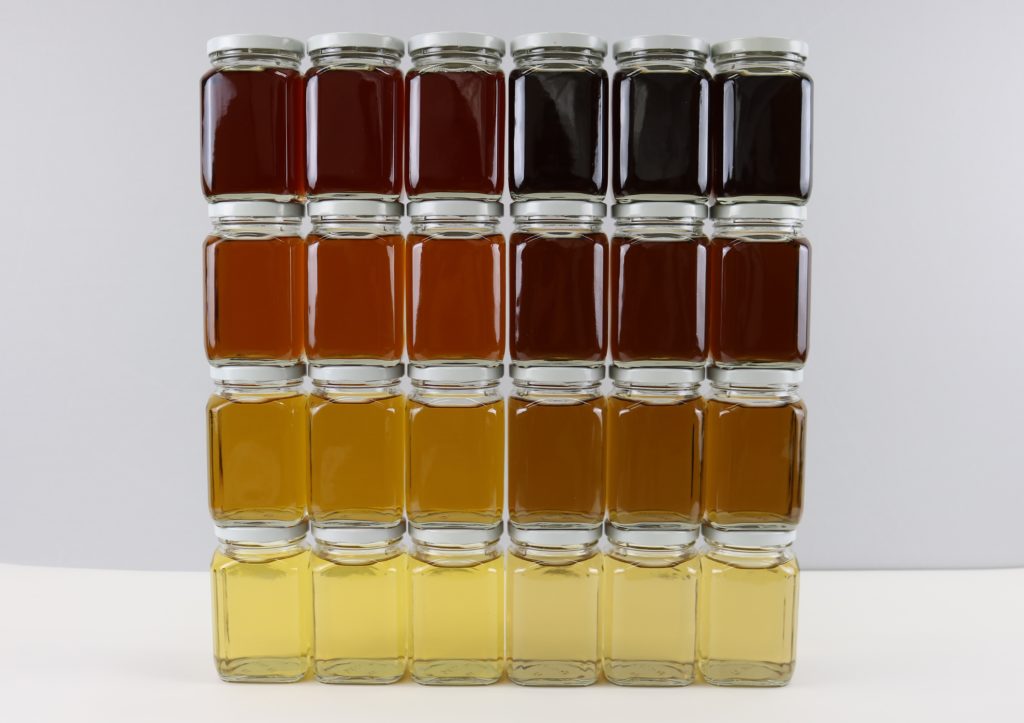
“Color causing compounds are generated in the thermal processing of malt. These compounds cause color due to their ability to absorb electromagnetic radiation, i.e. light. Depending on the amount and type of compounds produced, these compounds can have the effect of imparting differing intensities and hues of color when white light passes through the beer. The remaining light transmits to our eyes and is perceived as color.”
When we look at a glass of beer, our eye perceives the color of light that is transmitted through the beer. Contrary to this, when a beer analysis is performed, it looks at the absence of color based on which light is absorbed at a particular wavelength – thus an SRM analysis looks at the amount of light absorbed at the blue-violet wavelength. Dan explains this in further detail:
“we can say that two beers brewed to the same SRM using two different color types will have the same effect on light in the blue-violet region. However, as we mentioned, the different color types (hues) will have different proportions of colors along the visible spectrum.”
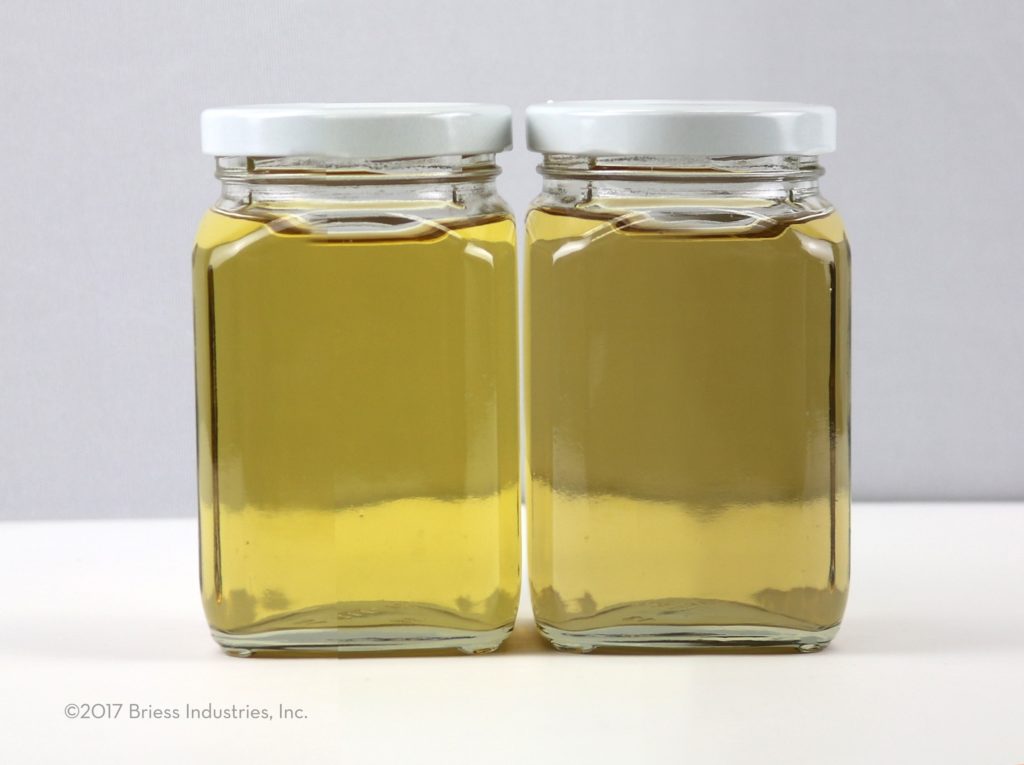
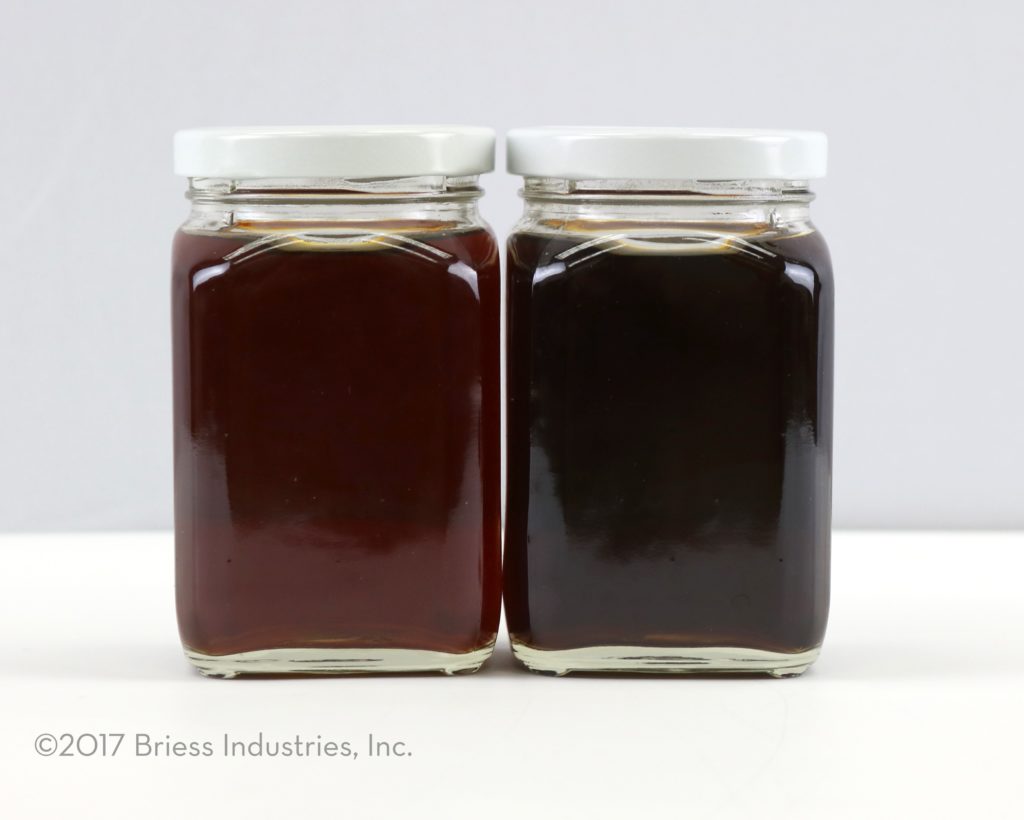
The Caramel Malt 60L and Black Malt worts in each of the photo are the same SRM, i.e., they have the same effect on blue-violet light. However, there is a difference in perceived color because of how these worts effect red, orange and yellow light; the Caramel Malt 60L wort will allow more of this light to pass through to the eye resulting in a color that is lighter and perceived as more red-orange than Black Malt wort.


